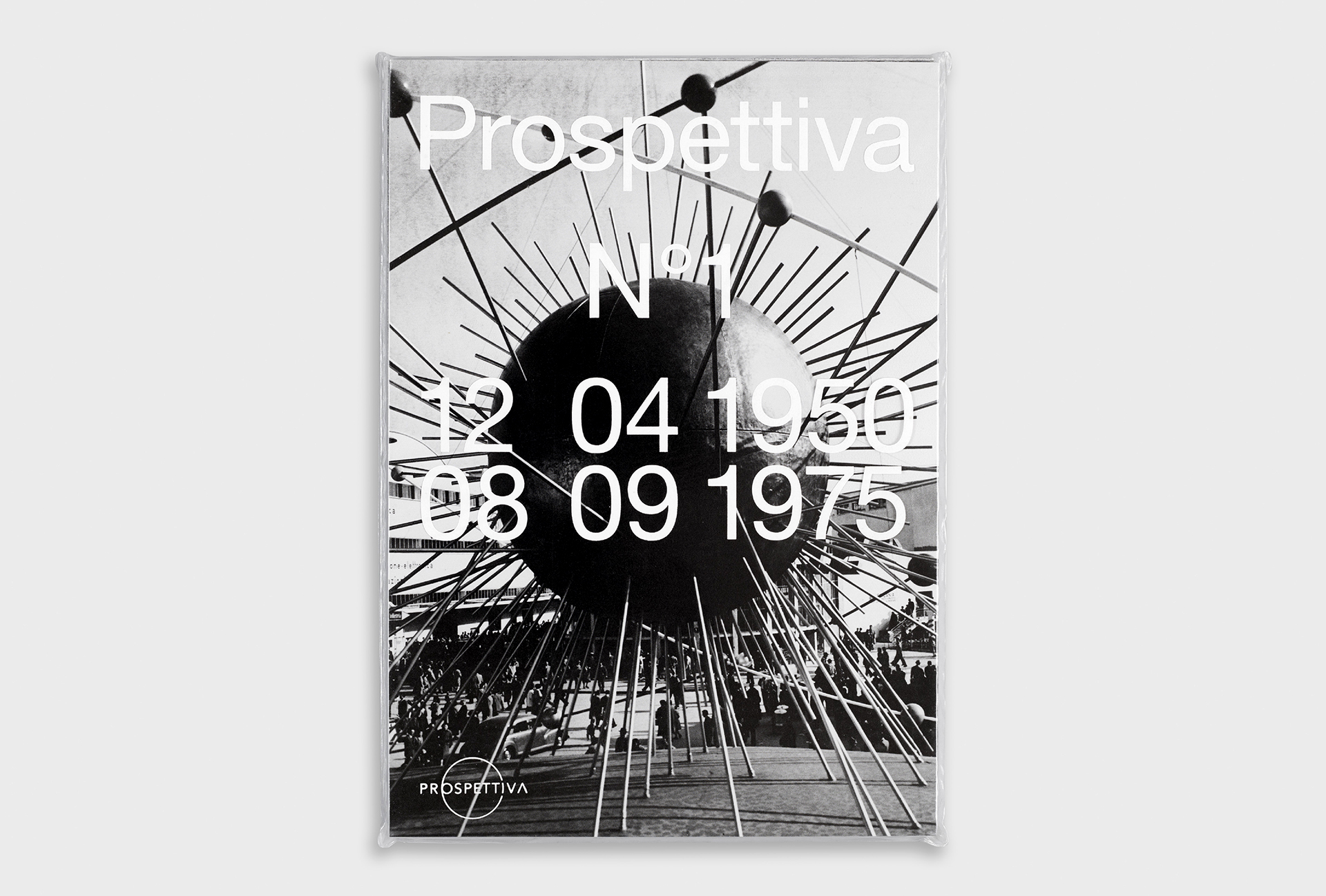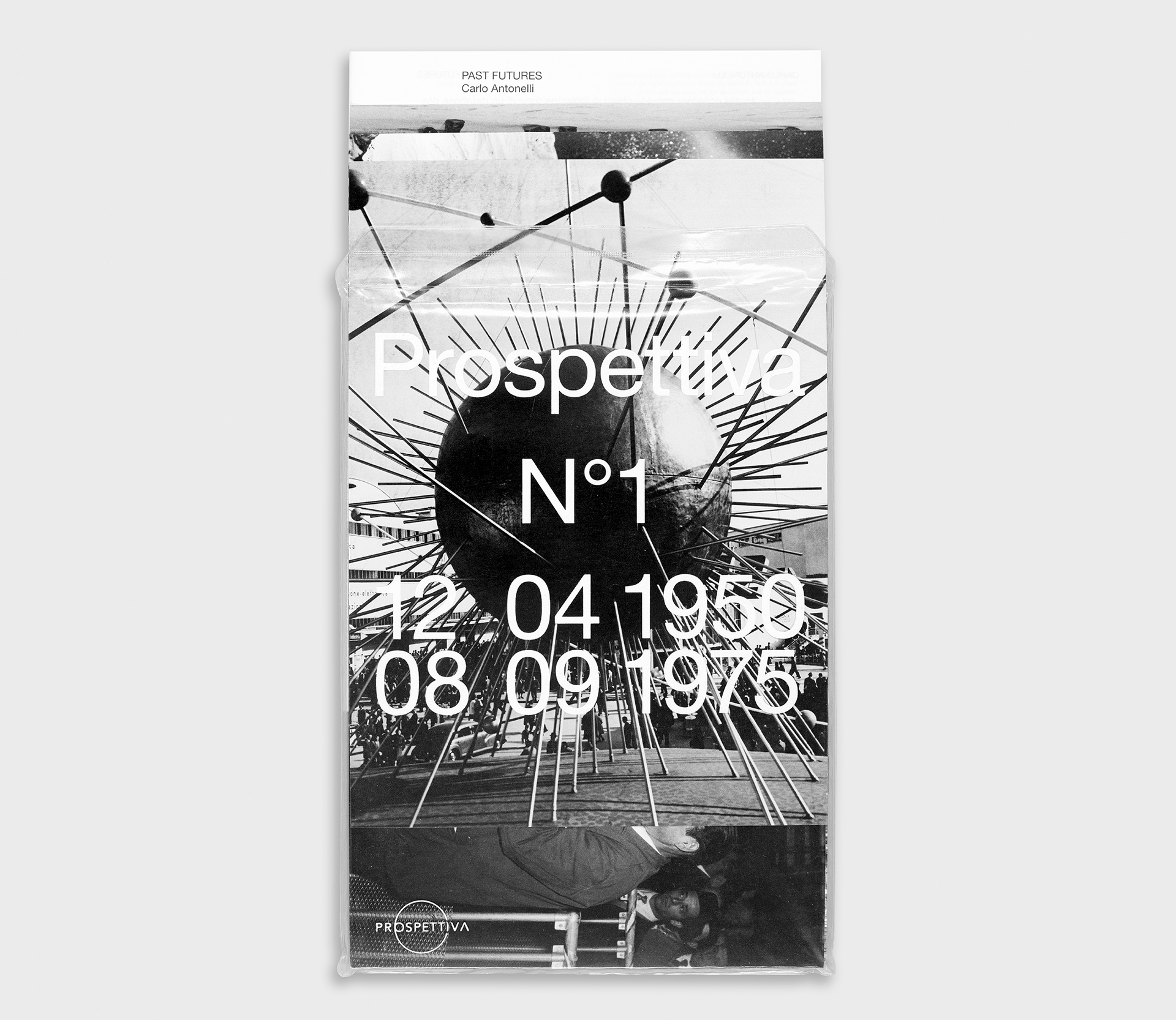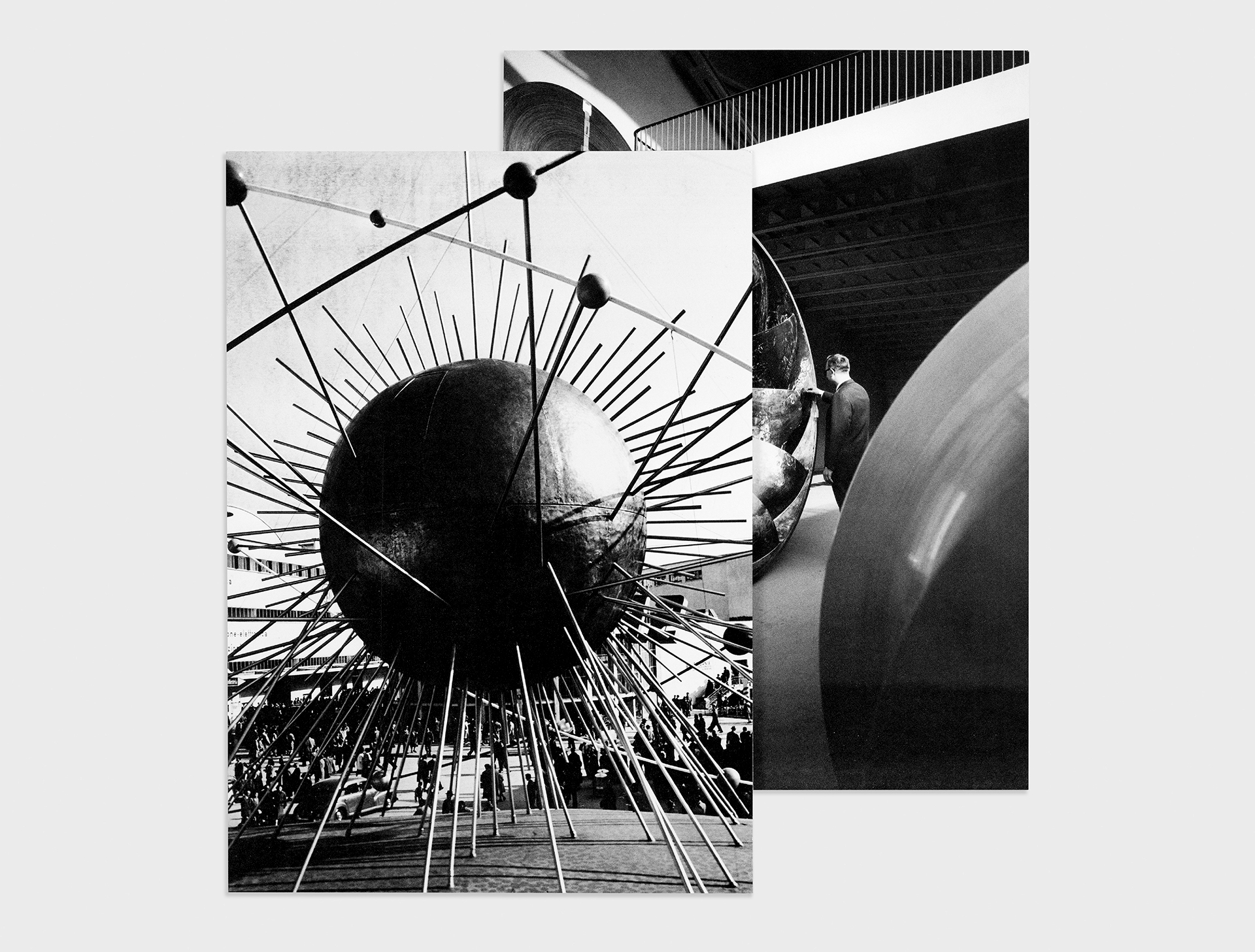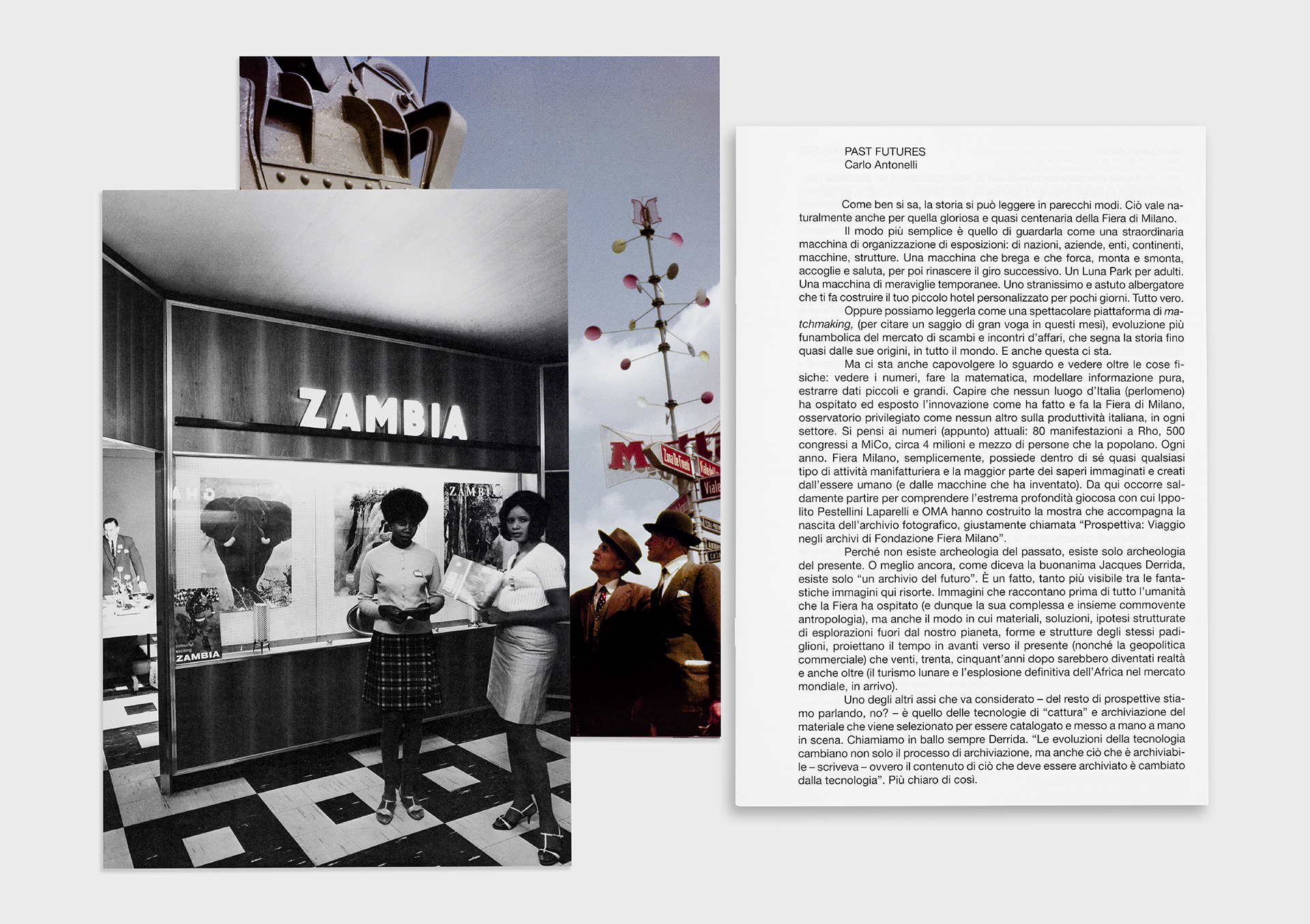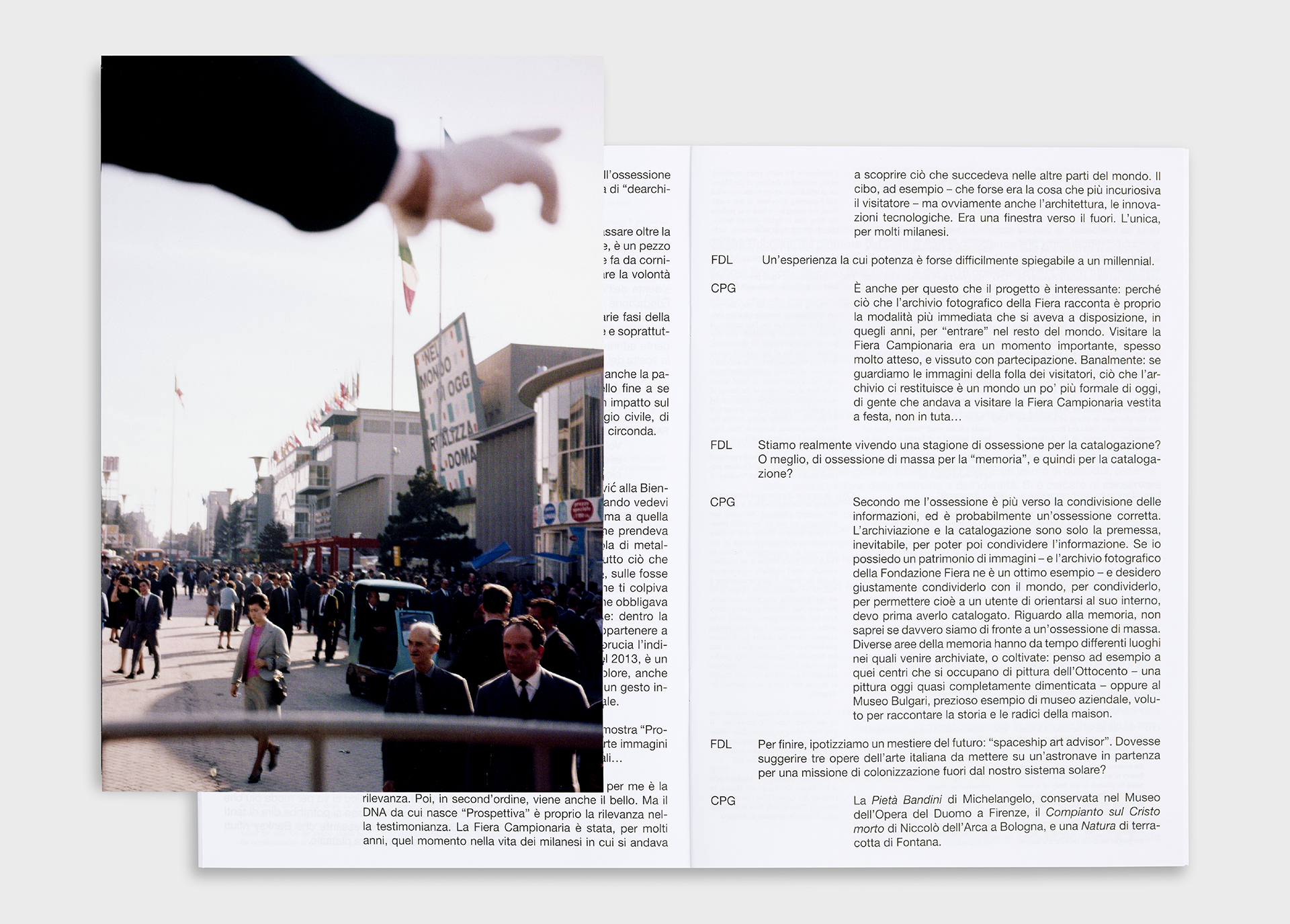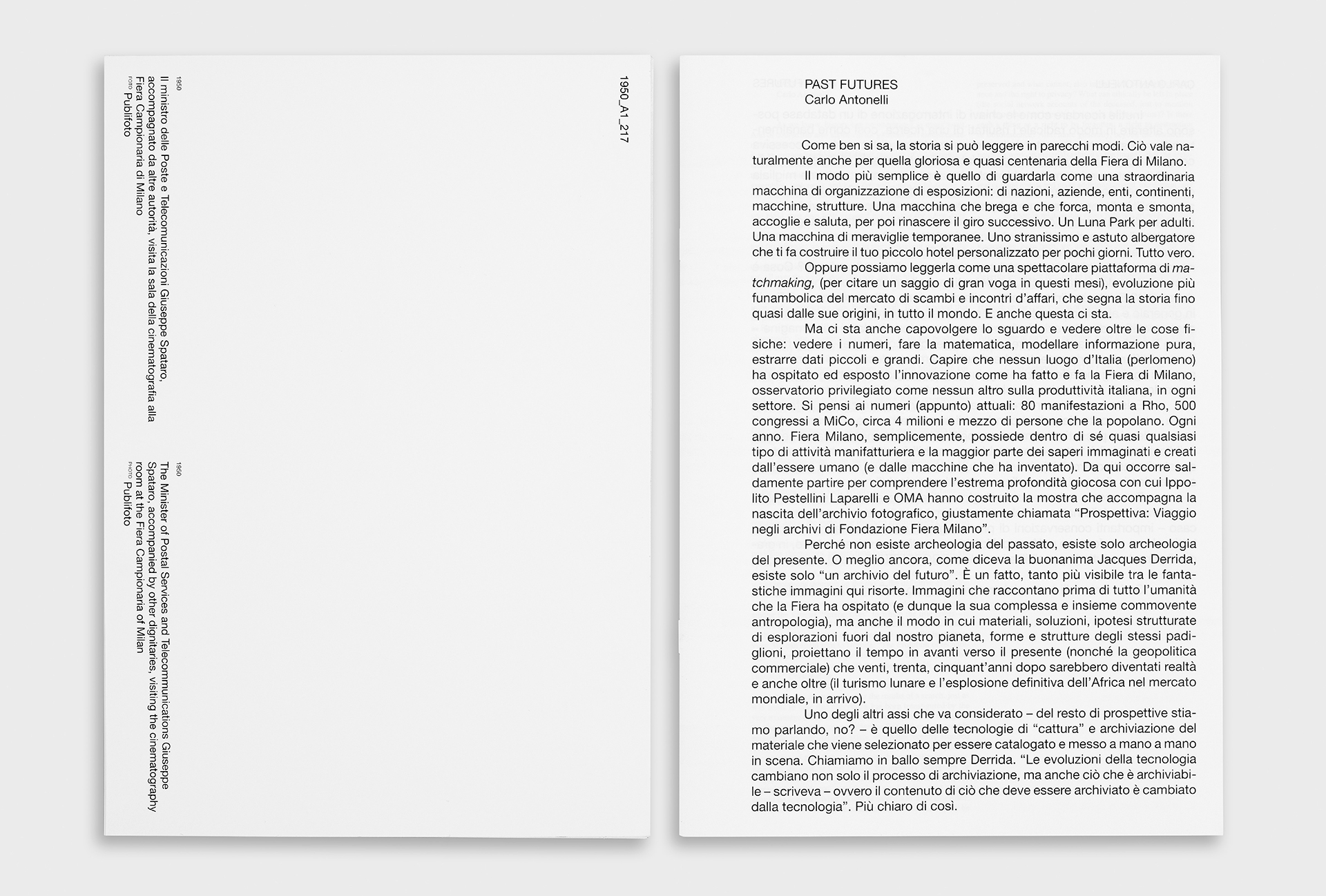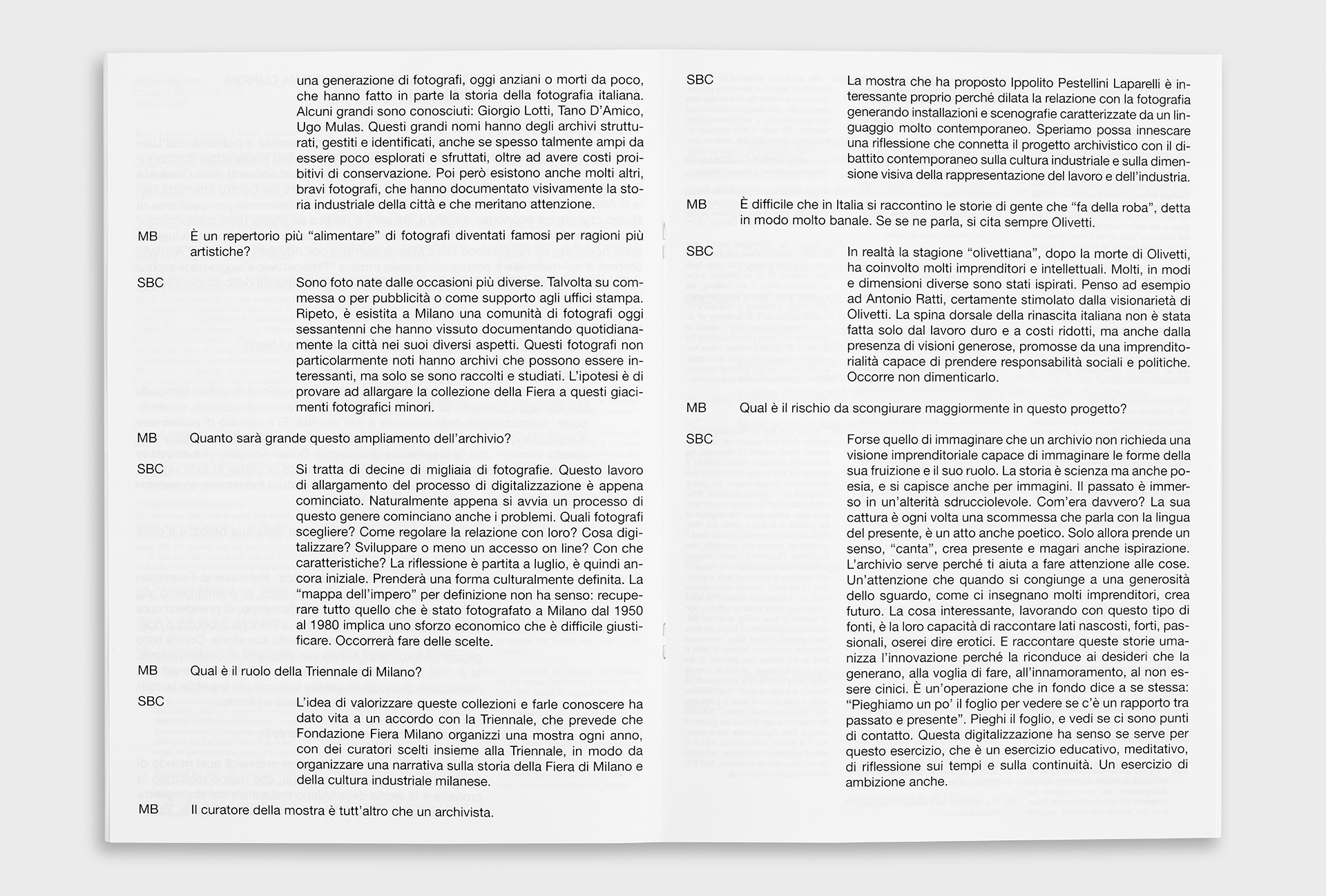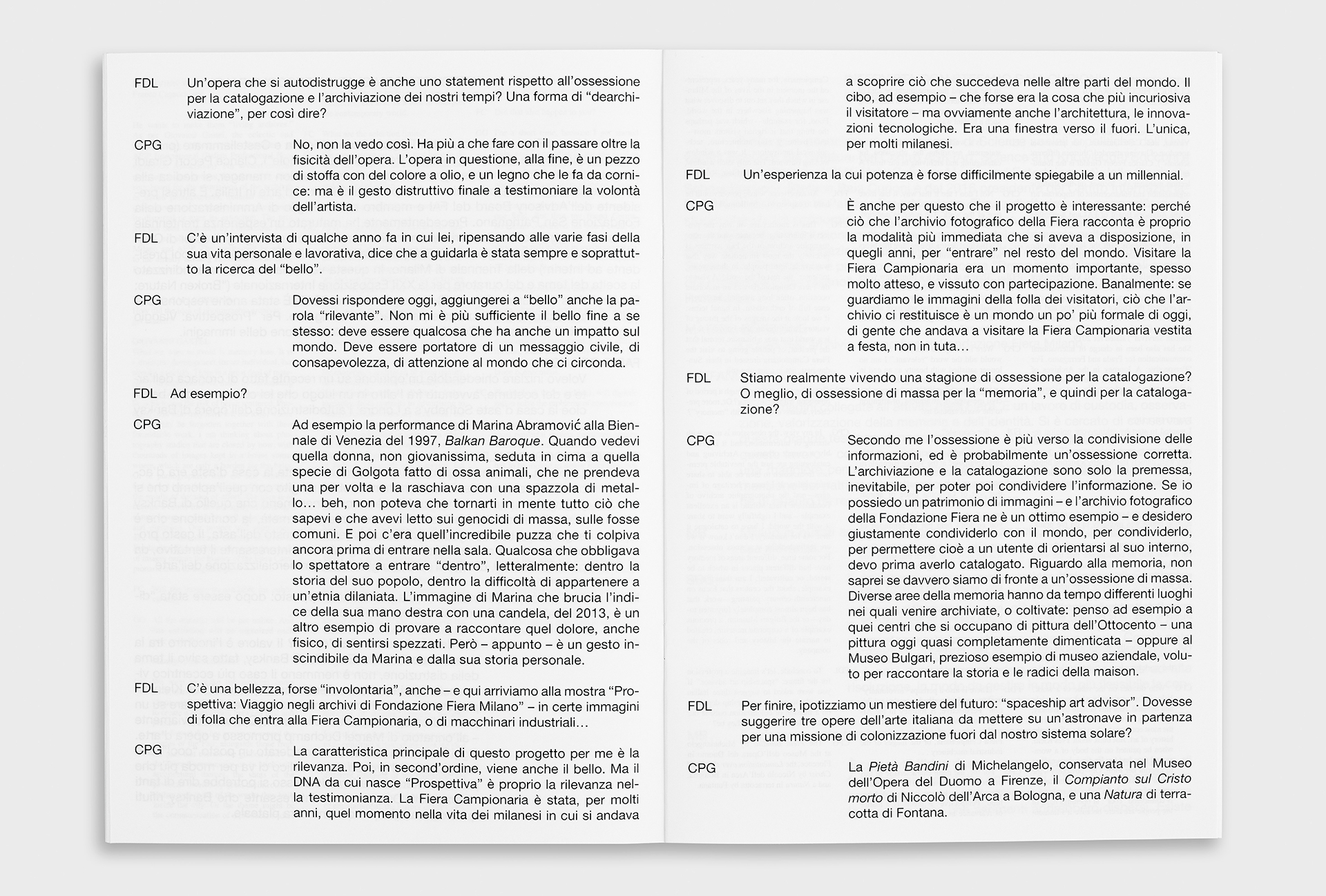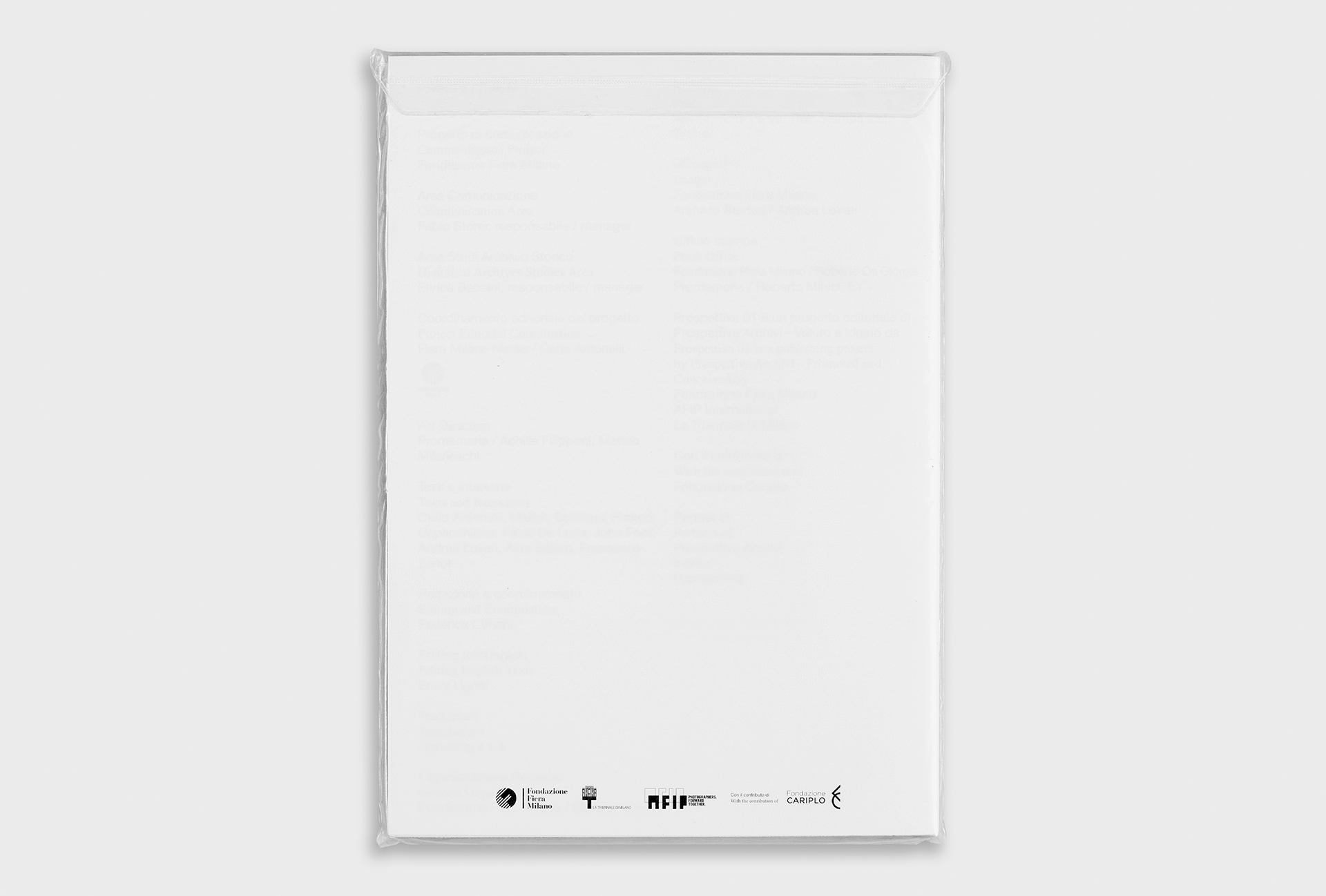Prospettiva
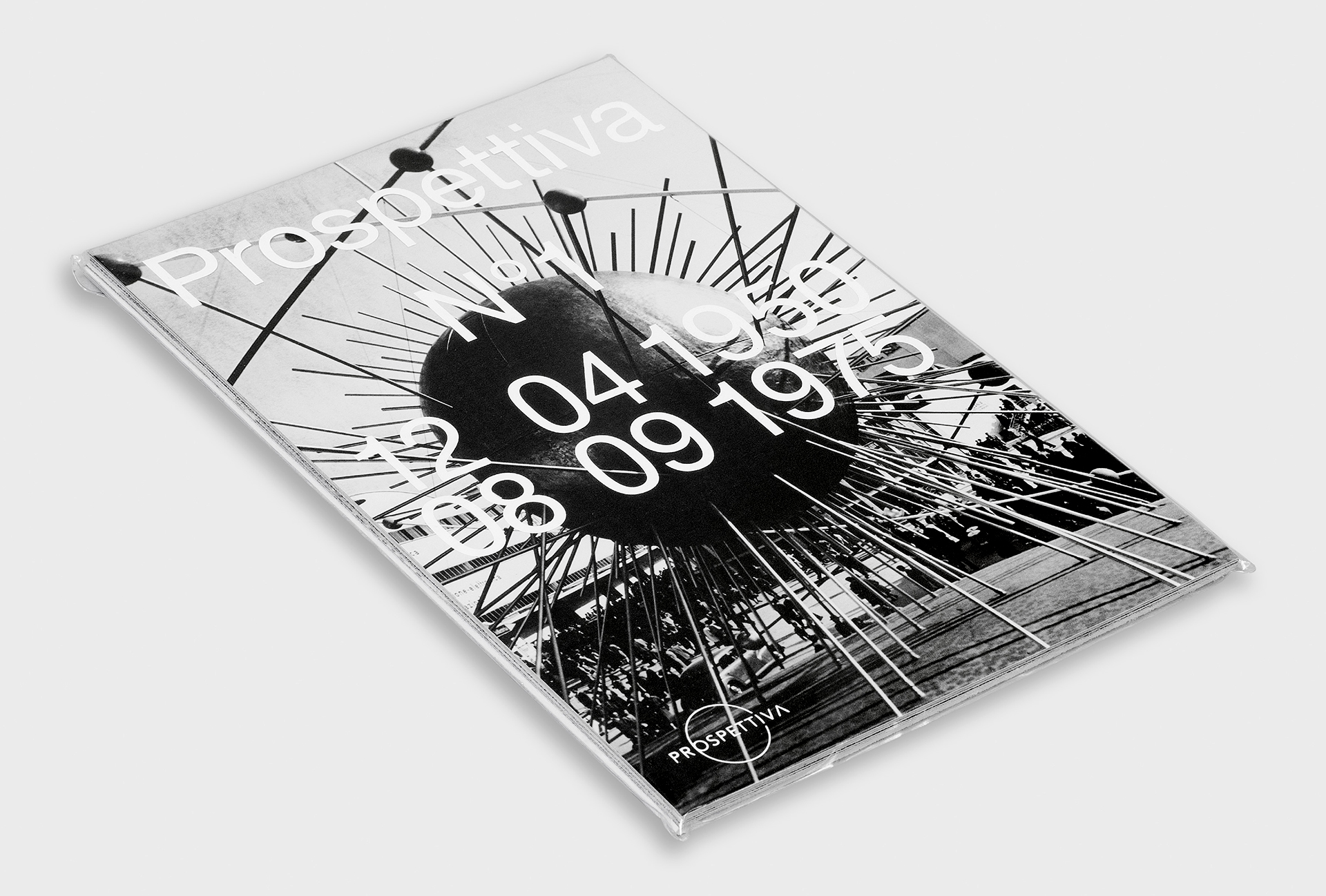
Prospettiva is an annual catalogue commissioned by Fondazione Fiera Milano. The project is a bridge between the public and hitherto unseen archive materials so that everyone can enjoy the foundation’s historical assets. The topic of this first issue deals with the development of Fiera Milano. The period under examination goes from 1907 to 2005: 98 years of Italian industrial history. Today, over one century later, scientific discoveries and the use of social media have fragmented the collective memory, but each one of us feels the need to know our origins and rebuild our roots. So, the goal of both the magazine and the exhibition is to make us reflect on the architectural and anthropological changes in the city of Milan during the twentieth century and to propose solutions to promote the heritage of both the past and present. As part of the Triennale, Studio OMA reproduced scenes relating to the exhibition spaces of the various fairs over the decades, taking the spectator on a journey through time. Ippolito Pestelli Laparelli, in the interview with Fiera Milano’s managing director, Carlo Antonelli, underlines how his work for the exhibition was very much a mix between design and curatorship, comparing the display to a mnemonic map. The same principles are found in the first issue of the magazine, which looks like an archive folder, inspired by the typical state archive files but made of PVC with white serigraphy. The contents are laid out like a destructured magazine, with the texts and photographic documents divided into separate compartments, and loose images that can be consulted separately. Therefore, the issue is divided into two parts, one containing the interviews and introduction to the exhibition and archives, and the other containing a collection of unbound photographs. As a result, it forms a ‘liquid archive’, which the reader can take apart and put back together, while observing the single photos both as separate pieces and as part of a collection, giving a voice to the image. Prospettiva hosts shots taken from the AFIP (International Association of Professional Photographers) archive that are significant both for Italian popular anthropological as well as entrepreneurial and economic culture. The collection and dissemination of the archive material has given a vast public the opportunity to tap into a piece of Italian culture, taking them on a photographic and documentary journey into the history of design, fashion and industry starting in the early 1900s. In the interview with Alba Solaro, Giovanni Gorno Tempini, president of Fiera Milano, underlines how every period of history holds its own interest, and the Fiera archive puts together a whole country’s consumer habits, customs, design and culture. Furthermore, the photographers that covered the Fiera include some of the biggest names in documentary photography and social research, amongst whom Ferdinando Scianna, Gabriele Basilico and Gianni Berengo Gardin, to name just a few. The selected material was produced by the Publifoto photographic agency, established in Milan in 1937 by Vincenzo Carrese, who became the Italian representative for Wide World Photos and the New York Times photographic agency in 1927 and the English agency Keystone in 1929. Publifoto ceased trading in the 1990s and today its archive consists of over 7 million shots covering the period from the start of the 1930s to the 1990s. Many of the photos belonging to Publifoto enabled the reconstruction of significant moments in the history of Fiera Milano. The aim of Prospettiva is to throw open a dialogue between past and present, to create a bridge towards the future in a city that today is experiencing a period of both intellectual and entrepreneurial growth and development. Milan was and still is, during the economic boom, in the 1980s and today, a great metropolis constantly generating new projects, where progress is the byword. Putting together the magazine and the exhibition enabled us to reflect on the transformations of the city and its urban changes, reflections of the contemporary world and the different eras of humankind. But to give the archive a new container is to underline both the photographers’ works and the social heritage that they represent, while selecting and disseminating the material in an act of systemized decontextualization, in a publishing process that takes it out of time. During his interview, Carlo Antonelli, managing director of Fiera Milano Media, quotes Jacques Derrida, according to whom the archive of the future is a source in continual movement, since archaeologists of the past do not exist, only archaeologists of the present. This is because archives as such are perennially incomplete; there is no such thing as a finished archive, just thought-out and revalued ones.
